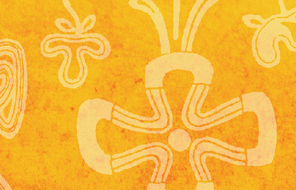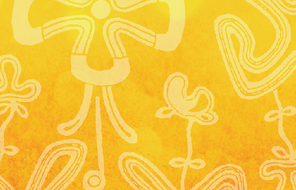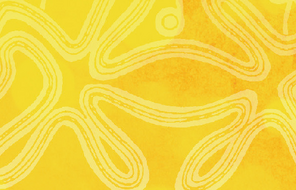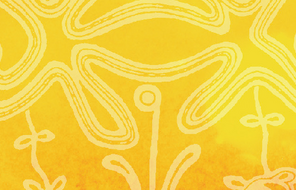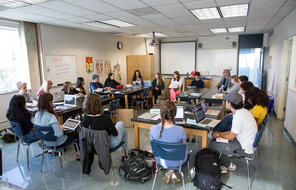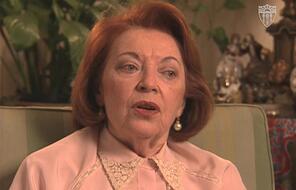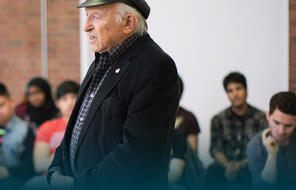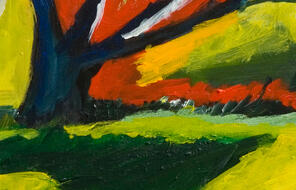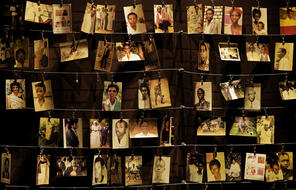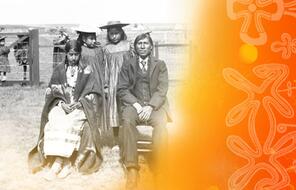Traditional Education
Anthropologists argue that all societies educate, train, or mentor their sons and daughters. While many do not have formal schools, they can, nevertheless, have an education system that helps younger generations socialize into the norms and expectations of their parents by learning the language, skills, and values needed to become productive members of society. Indigenous societies were no different. First Nations, Métis, and Inuit people had traditions, histories, and teaching systems that reflected their experience and directed their lives. The idea that Western culture was superior and that the Indigenous Peoples needed to be Christianized and civilized came from the biases of Europeans and their unwillingness to appreciate the complex, largely unwritten teaching processes inside indigenous communities. In truth, explains educator Nathan Matthew,
First Nations education systems served the same purpose as education systems today. Education was the means by which the values, beliefs, customs, lifestyle, and the accumulated knowledge and skills of First Nations peoples were passed from generation to generation. It was also the means by which individuals were prepared to take on specific tasks and roles within the family and community. The traditional education was family and community based. Education was grounded firmly in the First Nations’ sense of spirituality and responded to the practical demands of day to day living within a defined traditional territory. Although there was some specialization of instruction by specific individuals, the task of education was undertaken by many people; the parents, elders, and the extended family all contributed their knowledge. 1
Thus, in traditional North American indigenous societies, children learned through stories and examples about the languages and values of their people and the practical skills needed for daily living, such as fishing and hunting. Parents and other family members were the models of adult behaviour, and children would observe and mimic what they saw. Elders shared stories to instruct the youth, or to warn them against harmful actions, and infused their emerging language with layers of meaning and references drawn from their history and experience. Language was the connective tissue between past and present, between experience and meaning. These life lessons allowed children to find ways to interact with their environment and to develop intellectually, morally, and spiritually. It was a system suited to the indigenous lifestyle, one that had worked for many generations.
Formal education in the West emerged in the nineteenth century as many nations recognized the need to provide basic education for all children—basic proficiency in reading, writing, math, and algebra, as well as new work skills required by the growing mechanization of many trades.
In Canada (as in other colonies of Europe), long before the effects of a modern economy were recognized, indigenous ways of life were profoundly and violently disrupted by the arrival of the European traders, fishermen, missionaries, and settlers. The effects of these changes left indigenous communities without their traditional livelihood, on the one hand, and without the skills and resources to take on a more European lifestyle, on the other.
Both the Canadian government and indigenous leaders realized that something had to be done to help the dying indigenous nations. The Europeans called it the “Indian problem.” Indigenous communities rejected this terminology outright but sought change, too. Many realized that their lives had been altered forever. Indigenous languages, where not already lost, began to lose their importance as English and French were imposed as the languages of business, bureaucracy, and the law. Thus some communities collaborated with the authorities in the building of schools on and off reserves without imagining that they would have to give up their traditional teachings altogether.
- 1Nathan Matthew, First Nations Education Financing, First Nations Education Steering Committee (2001), Part 1, 3.
How to Cite This Reading
Facing History & Ourselves, “Traditional Education”, last updated July 28, 2020.



